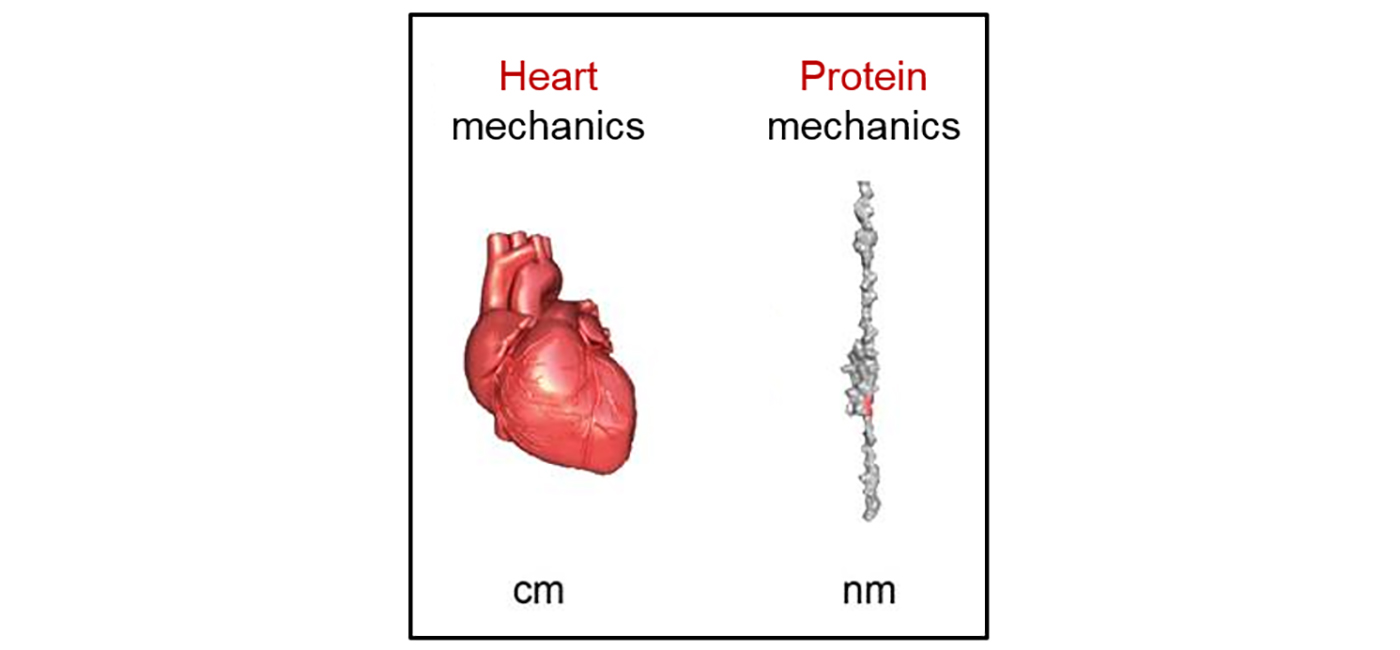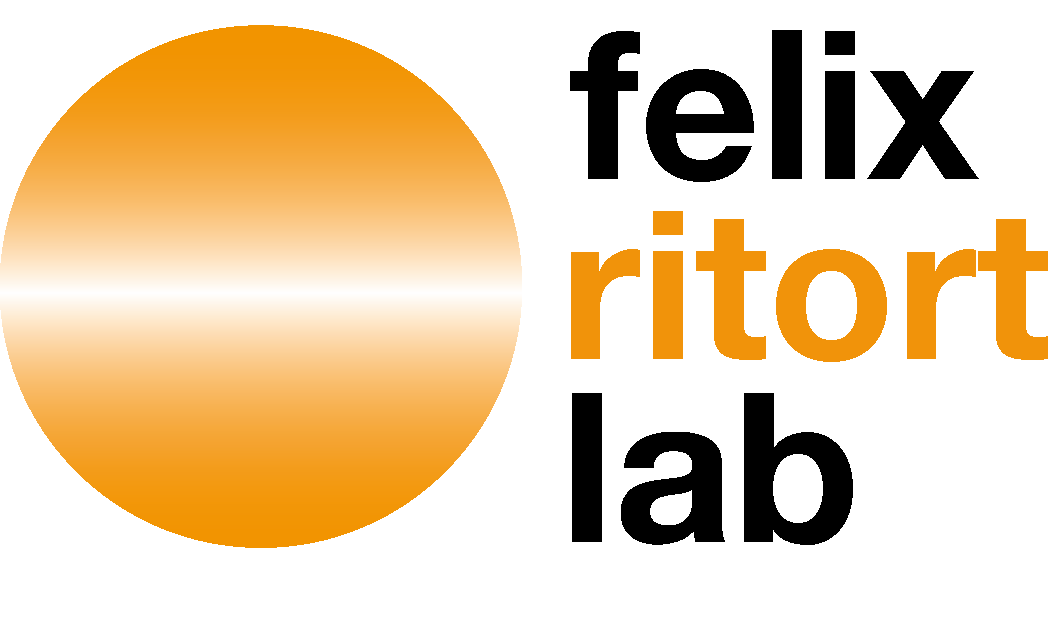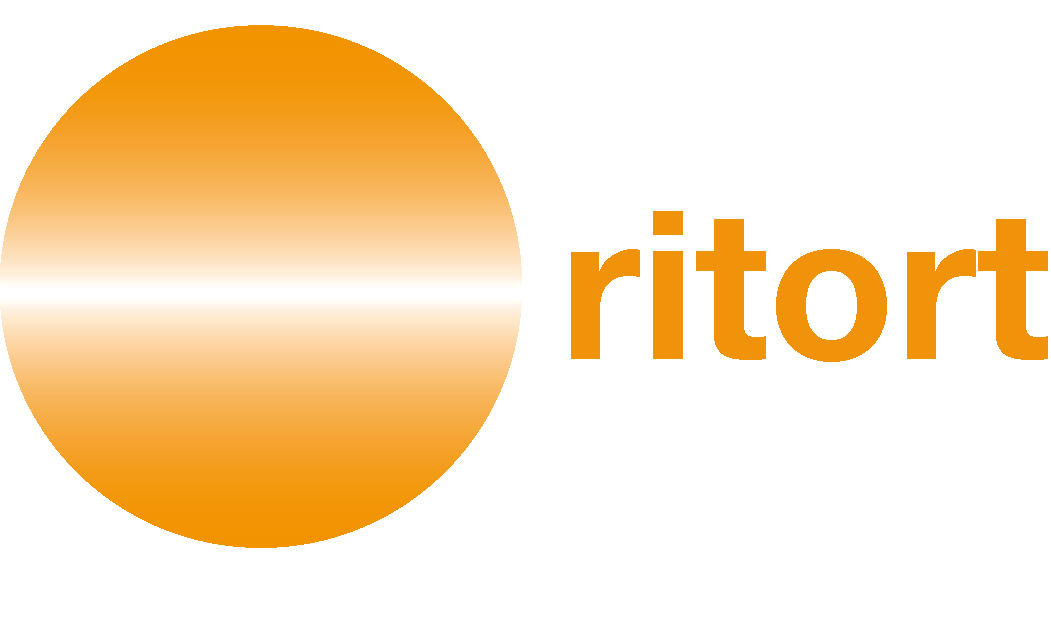
Seminar “At the heart of the matter: physics, biology and the function of the myocardium”
Date
Wednesday, 5 October 2016
Time
12:00 am
Place
University of Barcelona
Faculty of Physics Building
Room 3.20, 3rd floor
Speaker
Dr Jorge Alegre-Cebollada, Centro Nacional de Investigaciones Cardiovasculares Carlos III (Spain)
Abstract
Our lab takes a multidisciplinary approach to learn more about molecular determinants of the mechanical properties of the heart in health and disease. We specialize in single molecule methods using atomic force microscopy (AFM), which are able to measure the effects of mechanical forces on cardiac structural proteins.
Our main lines of research are:
- Regulation of protein elasticity by redox posttranslational modifications (PTM). Using in vitro experiments, we have recently described that PTM of buried cysteines in the giant protein titin makes heart tissue more elastic (Cell 2014, 156:1235). We are using mass spectrometry techniques to detect native redox PTMs from heart tissue. Once relevant redox PTMs are identified, we use single-molecule methods by AFM to determine their effect in protein elasticity. We want to explore how these mechanical PTMs are differentially present during heart disease.
- Genotype/phenotype relations in familial cardiomyopathies. The majority of familial cardiomyopathies are caused by mutations in sarcomeric genes that code for proteins with mechanical roles. We are exploring the connection between dysregulation of protein mechanics and development of cardiomyopathy. Using single-molecule AFM, we measure the mechanical properties of proteins whose mutation cause cardiomyopathy. We also examine several other cellular functions that may be affected by mutations.
- Development of engineered muscle-mimicking biomaterials. Using a directed crosslinking strategy, we are able to polymerize proteins into hydrogels whose stiffness can be measured in the lab using tensile testers built by us (Macromolecular Materials and Engineering 2015, 300, 369). We are developing experimental platforms that allow us to predict the stiffness of the resulting biomaterials from the mechanical properties of the constituent proteins measured at the single-molecule level.


